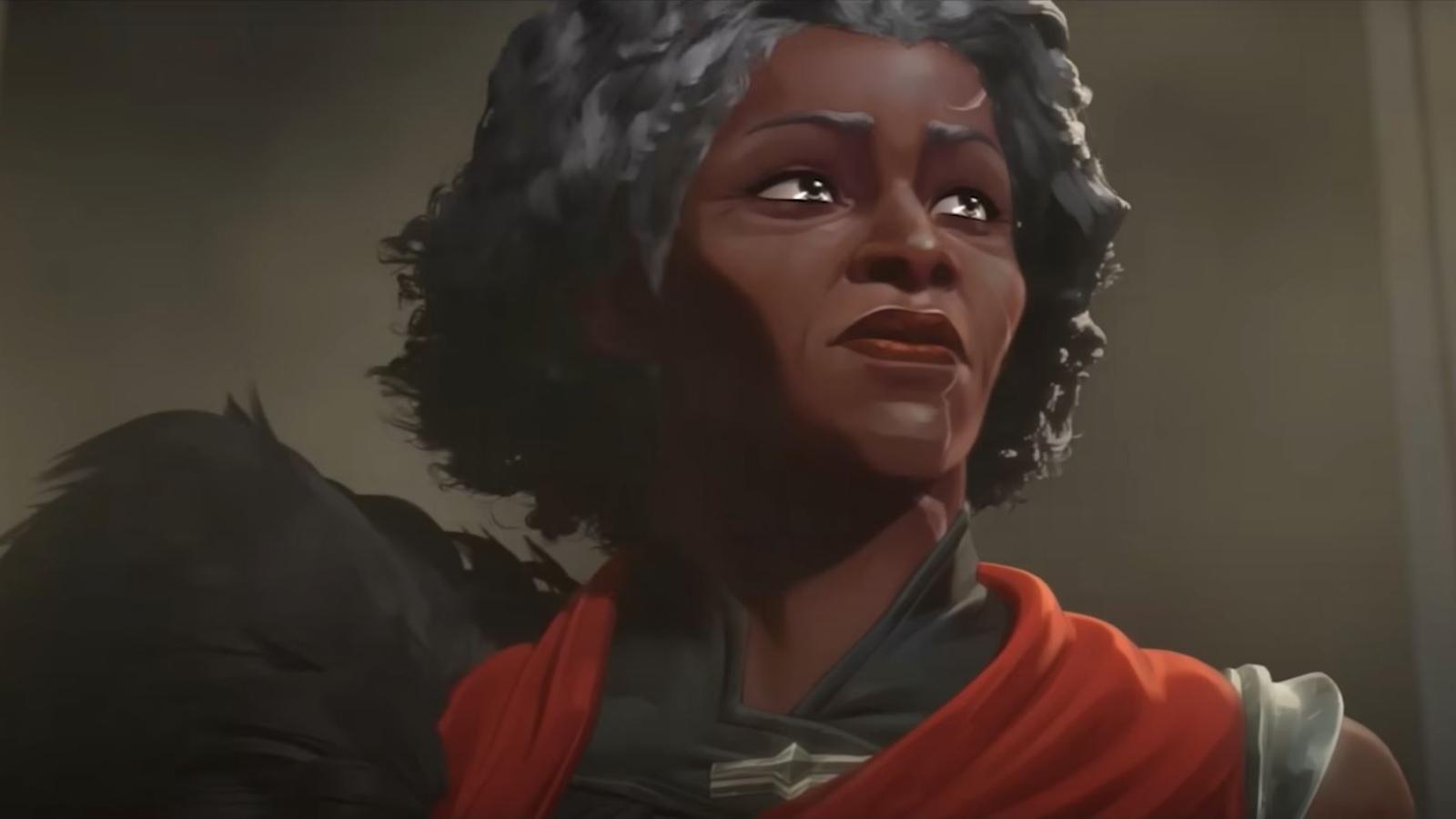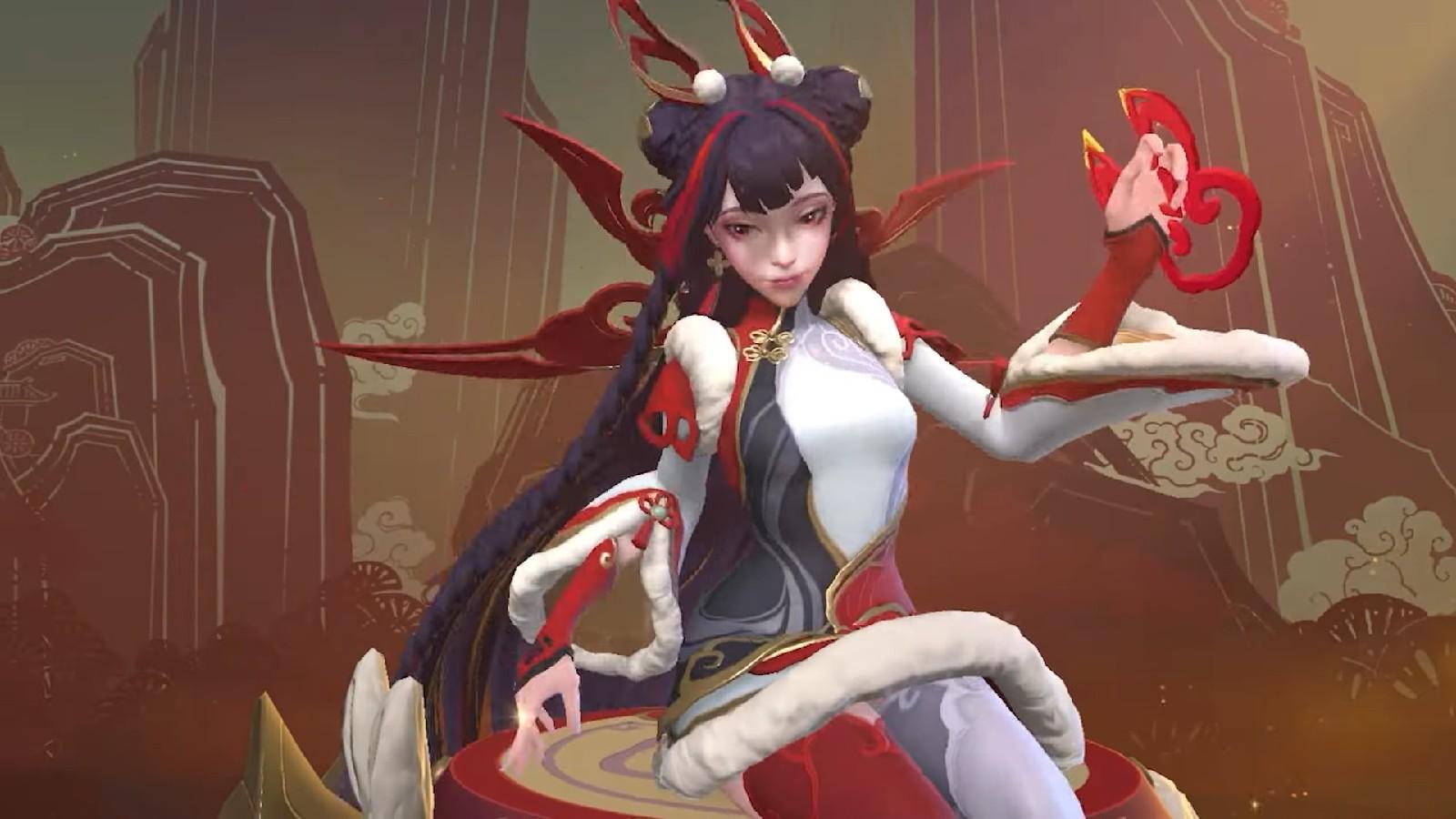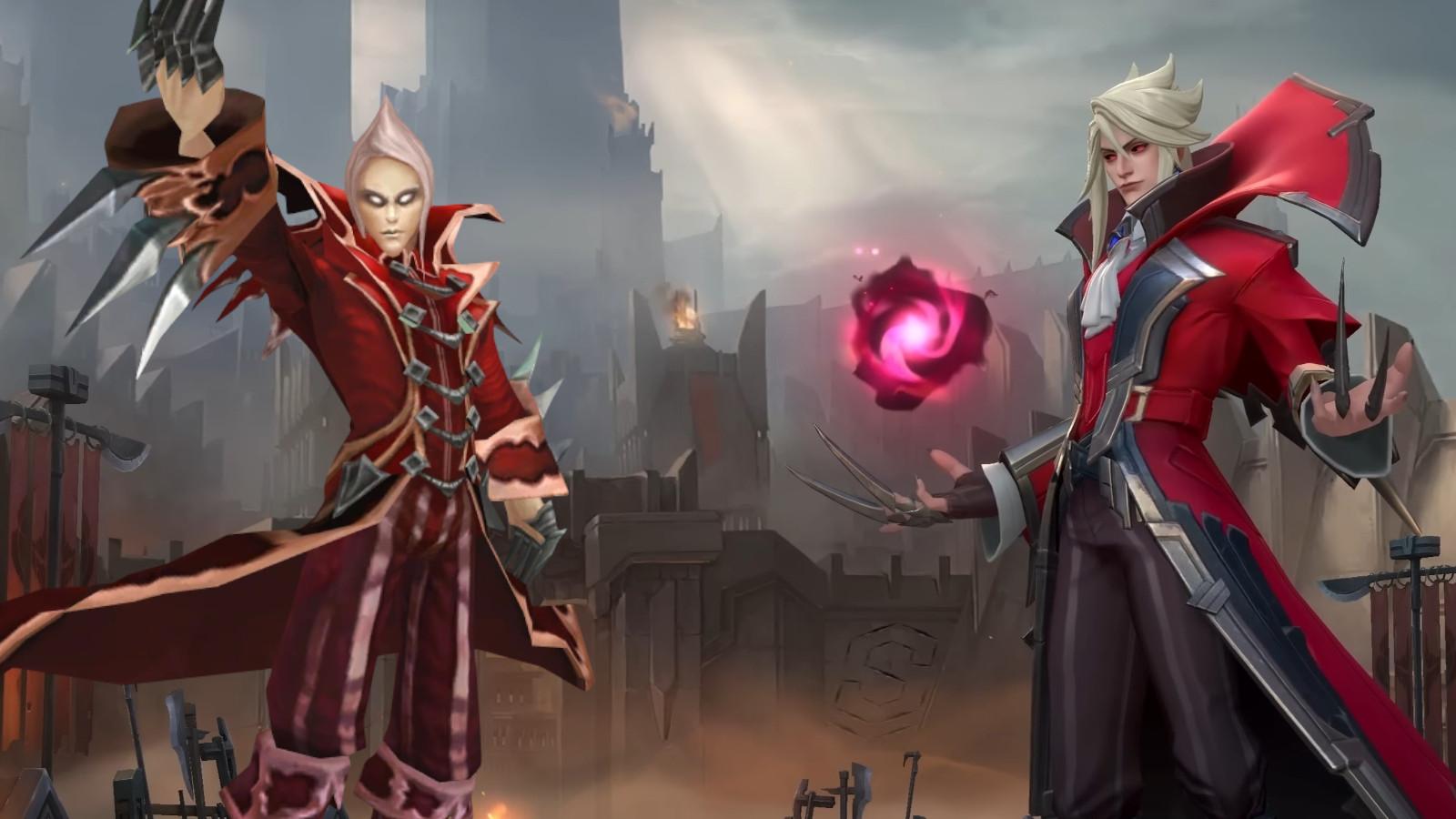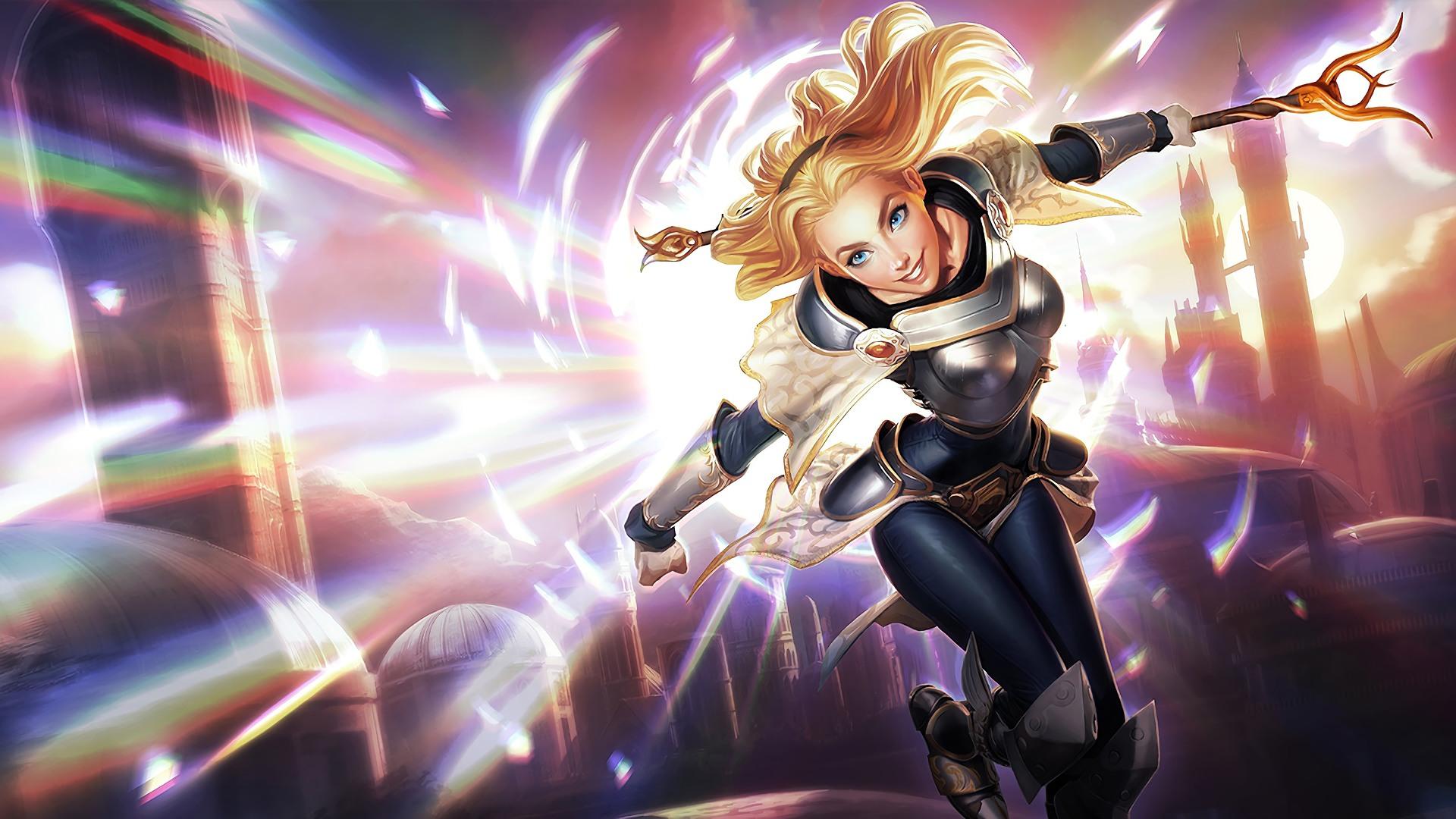Wild Rift’s first World Championship is setting the bar for mobile esports’ future
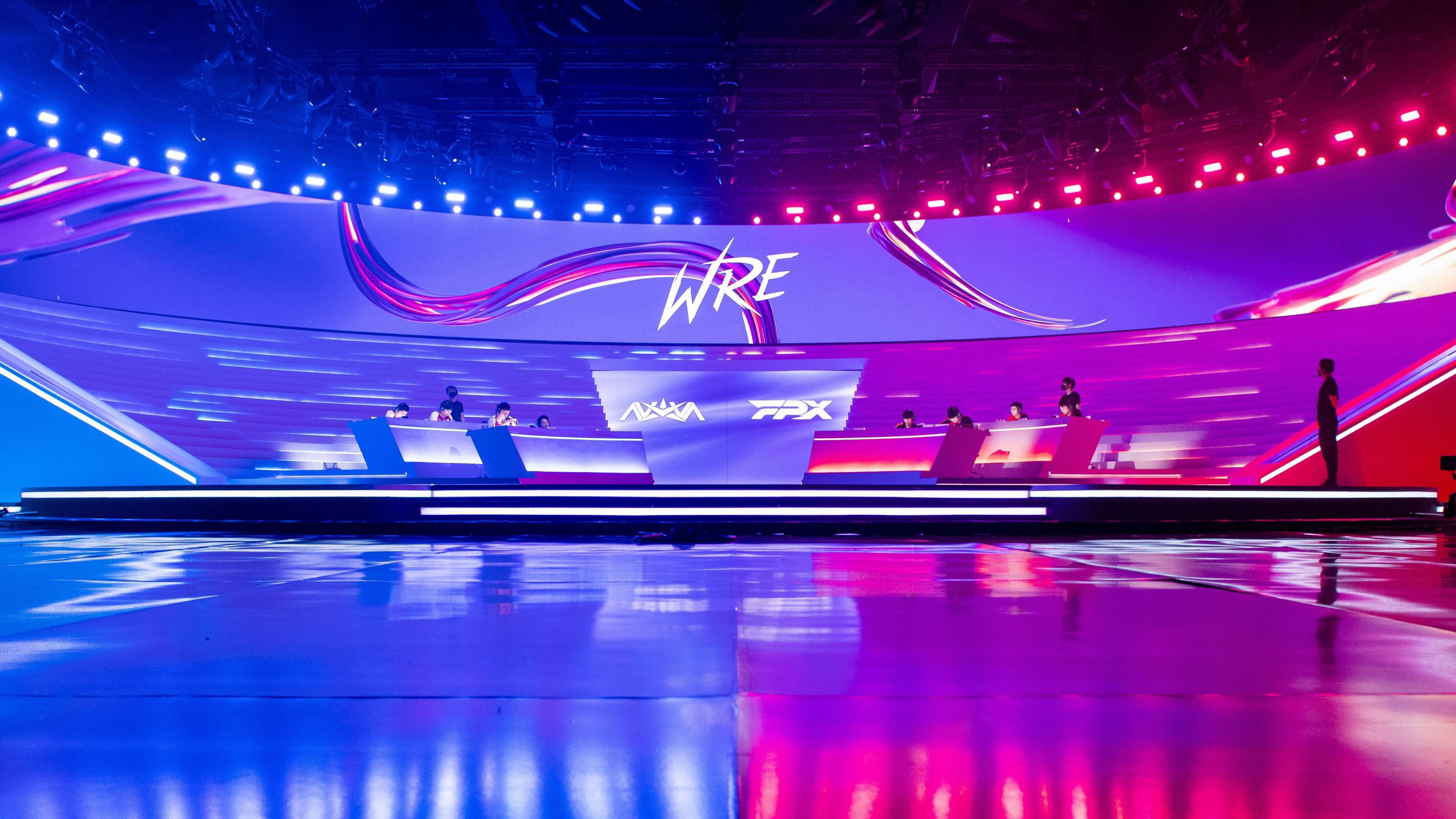 Hara Amoros for Riot Games
Hara Amoros for Riot GamesWild Rift Icons, the first international event for the mobile game, is pushing the game’s momentum forward and signifying Riot’s commitment for the game’s future. In the big picture though, it shows the effect of Riot’s expansion with multiple Tier 1 esports.
Wild Rift Icons equates to Worlds for League of Legends, making it the biggest annual competition for the mobile esport.
Even with just a handful of events to go off, there’s something about Wild Rift esports that signifies how the developer is planning to continuously expand its already wide reach in esports with multiple Tier 1 titles.
Valorant targets the ever-popular FPS genre of esports. League of Legends has dominated the MOBA category for well over a decade. Now, with Wild Rift’s successful Icons event, Riot Games positions itself to lead in yet another sphere in the esports realm: mobile gaming.
But even so, having launched almost two years ago, much of the global audience continue to underestimate the Wild Rift’s trajectory.
People labeled the game shallow without giving it a try or fell out after playing a couple games. A common question (especially in the Western market) rang in peoples minds: ‘Why play Wild Rift when I can just play League of Legends?’
Wild Rift is trying to run away from that stereotype though, and the esport is one of the best ways of marketing that.
This is not the place to argue what Wild Rift does better (or worse) than League of Legends. However, the fast-paced nature of the mobile version is something Riot are leaning into with their expansion.
Leo Faria, the Executive Head of Wild Rift Esports, stated in a press conference “we have been doing esports for 12 years now, so we’ve had our fair share of learning and producing a competition.
“In many ways, mobile esports are very much like PC esports.”
Faria understands very well what worked for League of Legends, and what Wild Rift needs to live up to its predecessor.
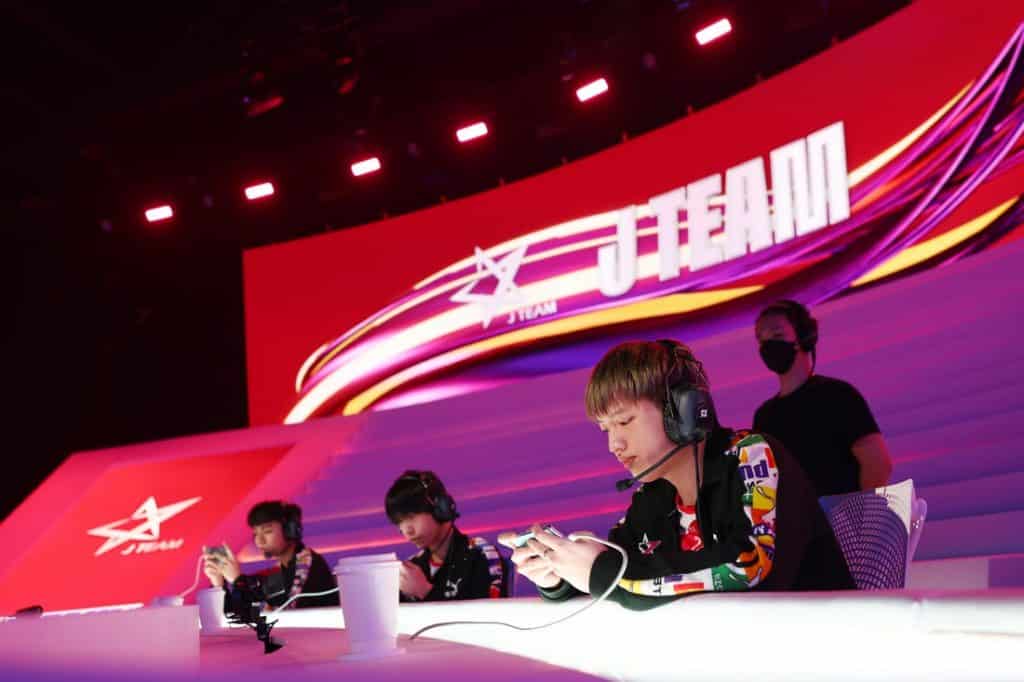 Yong Teck Lim for Riot Games
Yong Teck Lim for Riot GamesMany western regions are continuing (in their majority) to disregard Wild Rift. However, China and other regions have understood the opportunity present, rushing towards creating a viable ecosystem for their competitors.
And as shown by Icons — those regions dominated, displaying the full extent of what was possible on mobile. China’s competitive Wild Rift teams all made it into the knock-out stages, taking up three of four of the top spots in Wild Rift Icons.
“I believe the reason why we see China being so strong is a compound effect,” Faria said. “They have an incredibly large population, a lot of Chinese people play video games, and a lot of them have mobile phones. As a consequence, we have an incredibly large player base in that region. A lot of players play the game, so there’s a lot of appetite for competition.”
Players and coaches also shared a sentiment of depth and interest being the reason why they’re a powerhouse: “We have around 12 teams in total [in China’s Wild Rift League],” Nova China coach Lu ‘Ahao’ Wenhao said. “But most of the other regions don’t have that many teams on stage.”
It’s no different in League of Legends where the competitive environment is now dominated by Chinese teams. Though that’s great for the region, it diminishes the competitive rivalries among various other regions such as that between North America and Europe.
But Riot doesn’t want Wild Rift to just be a hit in the traditional mobile markets of China, South East Asia, and South America. They want people playing Wild Rift globally — even in the much harder-to-crack western market.
“It’s a complex problem, because it involves the ability to play professionally but it also involves the ability to develop talent, with a clearer path to pro,” Faria explained. “We have some pretty established programs from other games and sports, and we are definitely planning on expanding those programs into Wild Rift as well.
“Everything from marketing assets to promoting competition on our official channels, to potentially supporting prize pools for these tournaments.”
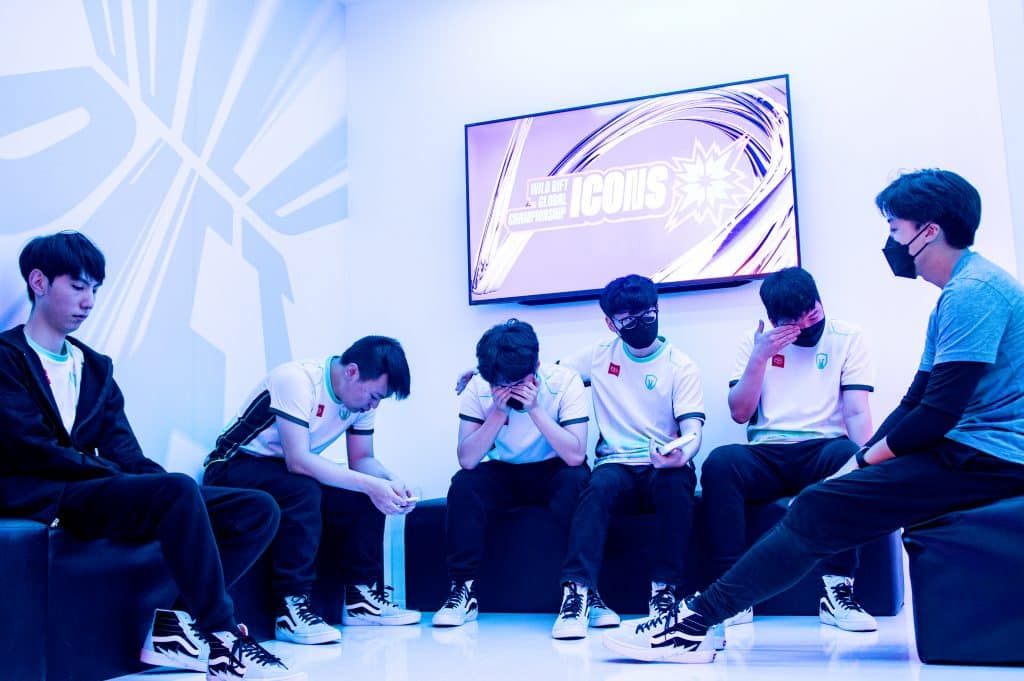 Hara Amoros for Riot Games
Hara Amoros for Riot GamesIt’s a potential issue that may become a prevailing problem for the game’s longevity. However it’s important to note Wild Rift is still very early on its lifecycle. It’s not a Tier 1 esport yet, and it’s still miles behind it’s PC predecessor. But with Riot at the wheel, they’re already leading mobile gaming by example.
The developer has already began drafting plans and strategies to counteract some of the misconceptions in the Western player base — something that’s only possible due to the trends and patterns of League PC.
The level of skill expression and quality assurance in gameplay is far beyond the standard of most other mobile games too. The overall production quality for its tournaments is starting to reach a point where many of the other mobile esports simply cannot catch up.
Of course, mobile esports is still an unpolished field. But by continuing to experiment and implement mobile catered features, while understanding the necessities for a successful esport, Wild Rift improves upon the mobile gaming industry in creating new standards and expectations of quality.
If this first Icons is a proof of concept of what mobile esports could look like in the future, there’s a lot to be excited about.
